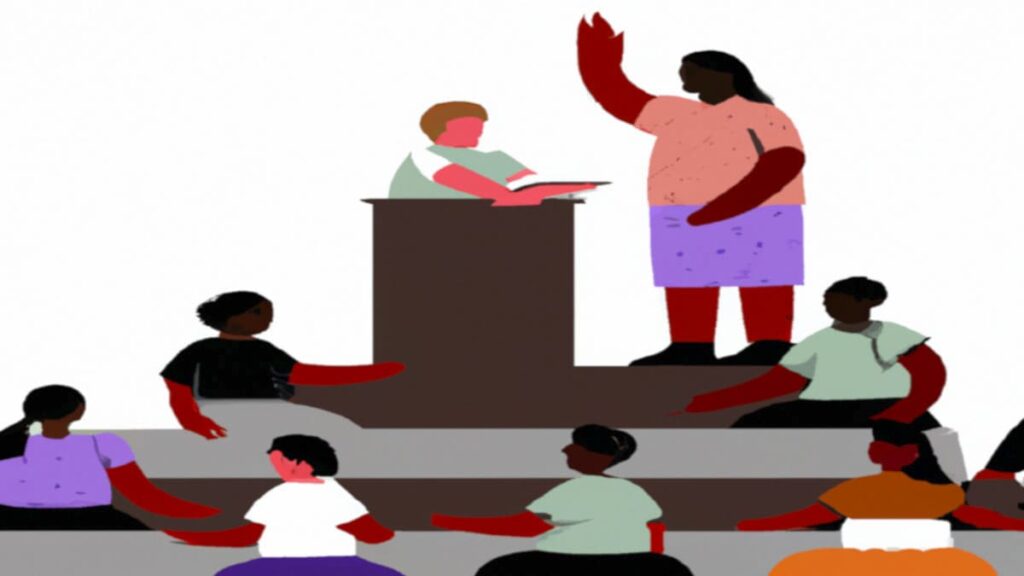
Imagine you’re an artist. You have an array of different paints at your disposal, each one unique and beautiful in its own way. Similarly, classrooms are filled with a spectrum of students, each one influenced by their unique race and ethnicity. Let’s paint a picture to understand how these elements affect education.
Strokes of Reality: How Race and Ethnicity Affect Education
Just as certain colors pop out more on a canvas, some students may stand out more in a classroom. Not always because they’re better, but because the educational system may favor one group over another. This isn’t a fun fact, but a reality that impacts many students across the world.
The effects of race and ethnicity on education can be as subtle as a whisper or as loud as a thunderclap. Let’s take a deeper look.
Unfair Representation and Stereotyping
Ever felt like a square peg in a round hole? That’s what unfair representation and stereotyping can feel like for students of minority ethnic groups. Often, their cultures, histories, and contributions aren’t adequately represented in textbooks. On top of that, negative stereotypes can hinder their confidence and learning ability.
Discrimination and Bias
Sometimes, bias can sneak into the classroom like an unwelcome guest. It might not always be visible, but its effects can be hurtful. Discrimination and bias in education can lead to minority students receiving fewer opportunities, harsher punishments, and less attention from teachers.
A Palette of Solutions: How to Address Racial and Ethnic Disparities in Education
Doesn’t it feel great when you find the right color to make your painting perfect? Similarly, addressing racial and ethnic disparities can make education fairer and more inclusive. Here’s how we can mix the right solutions:
- Teaching Race and Ethnicity in the Classroom: Educators can infuse their lessons with diverse cultural perspectives, making the classroom a celebration of differences rather than a battleground.
- Race and Ethnicity Classroom Activities: Incorporating activities that foster understanding and acceptance of different races and ethnicities can promote inclusivity. How about a cultural exchange day or a global cuisine potluck?
- Training and Awareness for Teachers: Teachers, like artists, need the right tools to create a masterpiece. Training sessions can equip teachers to handle classroom diversity effectively.
FAQs: Unraveling the Tangles
Got some questions buzzing in your head like busy bees? Here are some frequently asked ones with their answers:
Why Does Race Matter in Education?
Race matters because it often influences students’ experiences and opportunities in education. It’s like a set of colored glasses; depending on its color, you might see the world differently.
Does Race Affect Learning?
While race doesn’t directly impact a student’s ability to learn, the associated stereotypes and biases can create an unwelcoming learning environment, hindering progress.
How to Teach Ethnicity in the Classroom?
Teaching ethnicity can be as simple and fun as including stories, histories, and accomplishments of various ethnic groups in lessons. It’s like adding different colors to our painting to make it more vibrant and inclusive.
Our journey through this diverse landscape of education has been a lot to take in. Like artists, we need to appreciate every color on our palette, understand its unique characteristics, and learn to use it to enhance our masterpiece, not diminish it. Recognizing how race and ethnicity affect education is the first step toward creating a more inclusive and fair educational system. So, let’s keep painting a better picture!

Thanks for the update, I gained valuable insights into the effects of race and ethnicity on student learning.